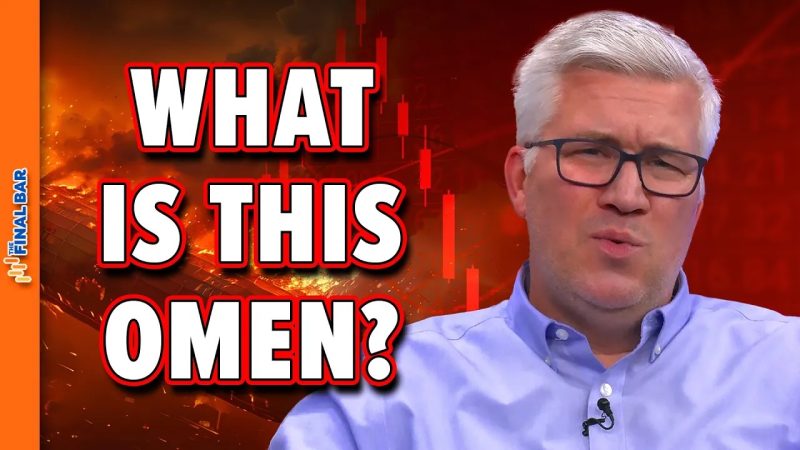The Hindenburg Omen: Decoding Its Significance and Impact on the Market
Understanding market indicators is crucial for investors and analysts alike when making informed decisions. One such indicator that has drawn attention is the Hindenburg Omen, a technical analysis pattern that is believed to signal a heightened risk of a stock market crash. Let’s delve into the truth behind the Hindenburg Omen, its effects, and its duration.
The Hindenburg Omen was named after the infamous Hindenburg disaster of 1937, with its first recorded mention in 1995. It is identified through a set of complex criteria that aim to highlight market conditions where both positive and negative factors are present simultaneously. These factors include the number of stocks hitting 52-week highs and lows, as well as the overall trend in the market.
When the Hindenburg Omen triggers, it is seen as a warning sign that the market may be vulnerable to a sharp downturn. However, it is essential to note that the presence of the Hindenburg Omen does not guarantee a crash. Market crashes are influenced by a myriad of factors, and the Hindenburg Omen is just one piece of the puzzle.
Research on the effectiveness of the Hindenburg Omen has produced mixed results. Some analysts swear by its predictive power, citing instances where its signals preceded significant market downturns. Others dismiss it as a mere coincidence or a statistical anomaly. The truth lies somewhere in between, with the Hindenburg Omen serving as a cautionary flag rather than a definitive prediction of a crash.
The duration of the Hindenburg Omen’s impact is also a point of contention. While some believe that the signal’s effects can manifest quickly, leading to an imminent market decline, others argue that it could take weeks or even months for any potential crash to materialize. This uncertainty makes it challenging for investors to time their decisions around the Hindenburg Omen.
In conclusion, the Hindenburg Omen is a fascinating concept in the realm of technical analysis, offering a unique perspective on market dynamics. While its signals should not be ignored, they should be taken with a grain of salt and considered alongside other fundamental and technical indicators. In investing, there are no foolproof methods for predicting market crashes, and the Hindenburg Omen is no exception. It serves as a reminder to remain vigilant and informed in the ever-evolving world of finance.
